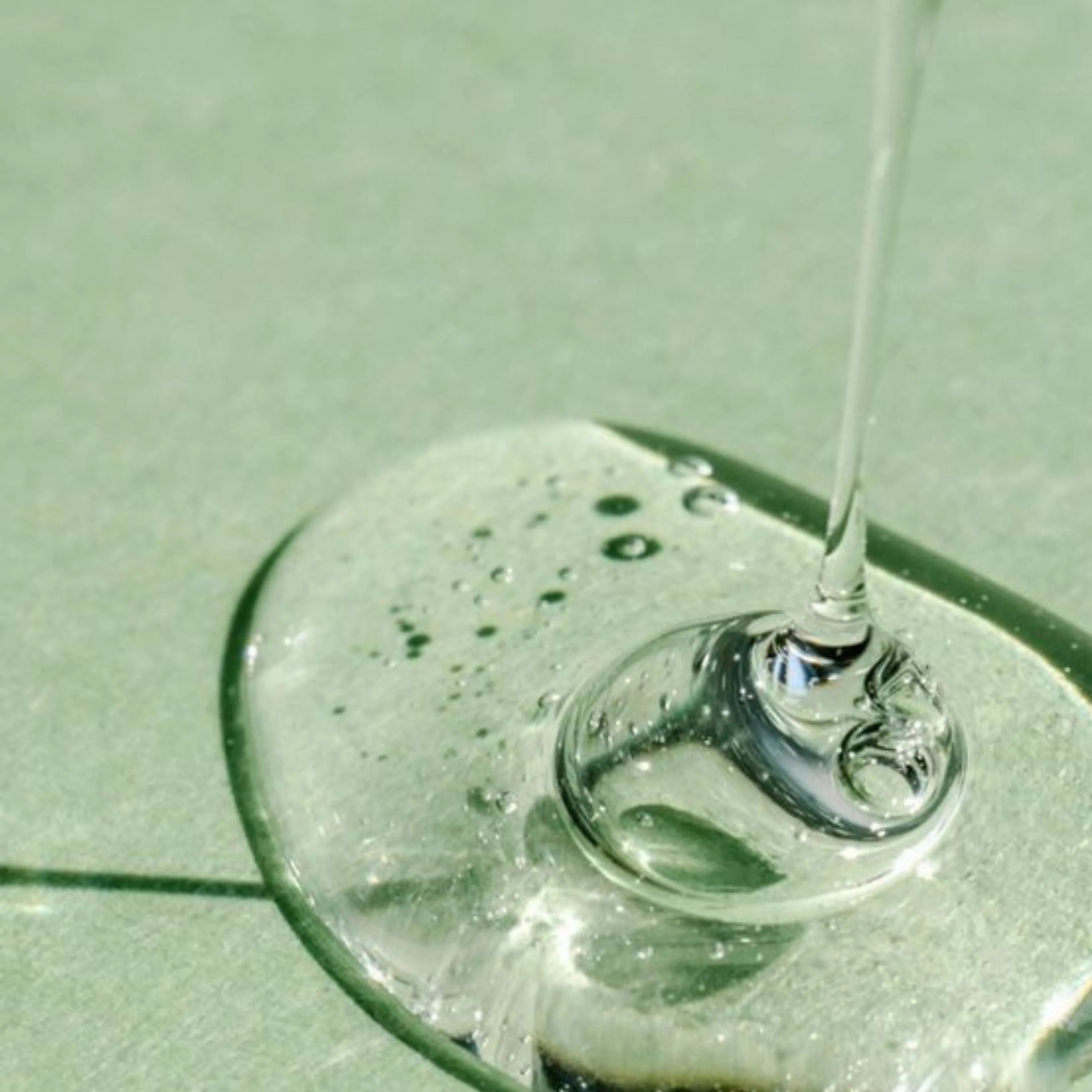When it comes to skincare, hydration is king. But with so many options to choose from—glycerin, aloe vera, ceramides—how do you know which hydrator is right for you? Among all these contenders, hyaluronic acid often steals the spotlight.
Is hyaluronic acid truly worth the hype, or are other hydrators just as good? Let’s explore what makes hyaluronic acid unique and see how it compares to other popular hydration heroes.
What Are Hydrators, and Why Are They Important?
Hydrators are ingredients that help the skin retain water, ensuring it stays plump, smooth, and healthy. The three main types of hydrators in skincare are:
-
Humectants: Attract water from the air and deeper skin layers (e.g., hyaluronic acid, glycerin).
-
Emollients: Smooth and soften the skin by filling gaps between cells (e.g., ceramides, plant oils).
-
Occlusives: Seal in moisture to prevent water loss (e.g., shea butter, petrolatum).
Hyaluronic Acid vs. Popular Hydrators
1. Glycerin: The Unsung Humectant
Glycerin is one of the most widely used humectants in skincare. It’s effective, affordable, and suitable for all skin types.
How It Compares to Hyaluronic Acid:
-
Performance: Both attract water to the skin, but hyaluronic acid holds up to 1,000 times its weight in water, giving it a superior hydrating capacity.
-
Texture: Glycerin can feel slightly sticky, while hyaluronic acid is lightweight and absorbs quickly.
-
Use Case: Glycerin works well in cleansers and toners, while hyaluronic acid shines in serums for deeper hydration.
2. Aloe Vera: Nature’s Soother
Known for its cooling properties, aloe vera hydrates while calming inflammation.
How It Compares to Hyaluronic Acid:
-
Performance: Aloe vera primarily soothes surface irritation, whereas hyaluronic acid penetrates deeper to hydrate multiple layers of skin.
-
Skin Types: Aloe vera is ideal for sensitive, sunburned skin, but hyaluronic acid is more versatile, working for dryness, fine lines, and beyond.
-
Formulations: Aloe vera is often found in gels or sprays, while hyaluronic acid is a staple in serums and moisturisers.
3. Ceramides: The Skin Barrier’s Best Friend
Ceramides are lipids naturally found in the skin, essential for maintaining its protective barrier.
How It Compares to Hyaluronic Acid:
-
Performance: Ceramides repair and strengthen the skin’s barrier, while hyaluronic acid focuses on hydrating from within.
-
Use Together: These ingredients complement each other beautifully. For instance, The SABI Prebiotic Moisturiser combines ceramides with other nourishing ingredients to seal in hydration provided by a hyaluronic acid serum.
4. Shea Butter: The Moisture Lock
Shea butter is an occlusive, forming a protective layer on the skin to prevent water loss.
How It Compares to Hyaluronic Acid:
-
Performance: Shea butter locks in moisture but doesn’t provide hydration itself. Hyaluronic acid, as a humectant, actively attracts water to the skin.
-
Texture: Shea butter can feel heavy, while hyaluronic acid is lightweight and non-greasy.
-
Best Use: For dry or flaky skin, layer hyaluronic acid underneath a shea butter-based cream to maximise hydration.
Why Hyaluronic Acid Stands Out
-
Multi-Layer Hydration: Hyaluronic acid works at multiple depths, thanks to varying molecular weights.
-
Lightweight and Non-Comedogenic: Perfect for oily, sensitive, or acne-prone skin.
-
Pairs Perfectly: Enhances the effects of other hydrators like ceramides or aloe vera without overwhelming the skin.
How to Build the Perfect Hydration Routine
-
Start with a Hyaluronic Acid Serum: Apply to damp skin for maximum absorption.
-
Add a Ceramide-Based Moisturiser: Lock in hydration and support the skin barrier with products like our Prebiotic Moisturiser.
-
Seal with an Occlusive (Optional): In colder months, use a balm or oil-based cream to prevent water loss.
The Verdict: Does Hyaluronic Acid Win?
While no single hydrator is perfect for every need, hyaluronic acid is uniquely versatile. It provides deep hydration, works for all skin types, and pairs effortlessly with other ingredients. When used as part of a well-rounded routine, hyaluronic acid ensures your skin stays hydrated, plump, and healthy year-round.
References
-
Rawlings, A. V., et al. (2004). Moisturizers: Mechanisms of action and dermatologic applications. Clinics in Dermatology, 22(1), 19–27.
-
Pavicic, T., et al. (2011). Efficacy of cream-based novel formulations of hyaluronic acid. Journal of Drugs in Dermatology, 10(9), 990–1000.
















